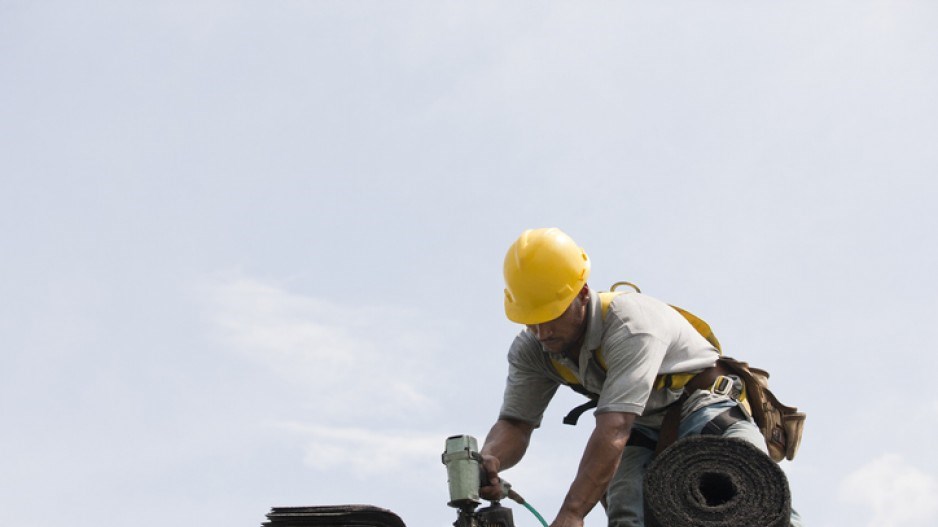With temperatures hitting 44 C today in some parts of Metro Vancouver and the Fraser Valley, employers of outside workers are being warned by WorkSafeBC that they need to have heat exhaustion prevention plans in place to prevent heat stroke.
And not surprisingly, some contractors are simply telling their workers to stay home today.
Outside workers doing physical labour are particularly at risk of heat stroke and heat exhaustion in the sweltering heat that has blanketed Western Canada. Roofers, asphalt pavers and welders may be particularly at risk of heat exhaustion or heat stroke.
“In the last three years, there have been almost 100 accepted claims for work-related injuries caused by heat stress — and these are preventable injuries,” Barry Nakahara, WorkSafeBC’s senior manager of prevention field services said in a bulletin.
“We’re reminding workers and employers to take steps to prevent heat stress. This includes reducing exposure to the sun wherever possible, drinking lots of water, wearing the right clothes, and taking rest breaks in cool, well-ventilated areas.”
The BC Construction Safety Alliance has been putting out bulletins to their members recommending heat exhaustion prevention plans that include a 15-minute break every hour in an area with shade and ventilation, and hydrating every 20 minutes.
Larry Clay, president of Clay Construction and first vice president of the Canadian Home Builders Association, said one of his subcontractors is keeping his workers home today.
“My service contractor, he’s not allowing anybody to work today — it’s just too hot,” Clay said,
He said he can’t imagine anyone doing roofing today.
“If I get guys working inside doing tile, that’s fine,” he said. “But if they’re working outside, I’m not giving any of my guys grief. If anybody says, ‘I’m not sending anyone to your site today,’ I just say, ‘I get it.’”
Bob Deeks, president of RDC Fine Homes, said all of the company's staff who work outside are staying home today and likely will tomorrow as well.
Erin Linde, director of health and safety for the BC Construction Safety Alliance, said employers need to make threat assessments based on heat, humidity, age and fitness levels of workers, exposure to sun and amount of physical labour involved in the job.
The alliance also recommends that all outside workers have at least one co-worker with him or her so they can monitor each other. It also recommends altering shifts so that workers can work during the cooler parts of the day — early mornings or evenings.
Some outside workers are more at risk than others. Welders who have to work outside, for example, have to wear fire-resistant overalls, so if they are working outside exposed to sun, they are at greater risk of overheating.
“Those guys are more at risk,” Linde said.
Heat exhaustion symptoms can include muscle cramps, dizziness, excessive sweating, fainting and nausea. In extreme cases, heat stroke can cause seizures and cardiac arrest.



